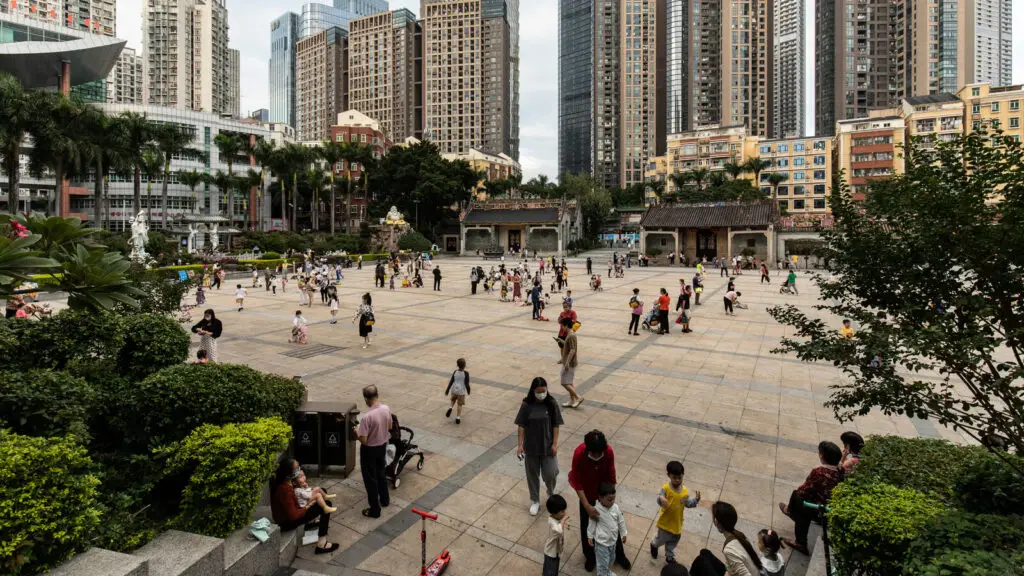The U.S. organizer of the 5th “Amity Cup” International Table Tennis Charity Tournament visited Nanjing

From May 15 to 19, 2024, the co-organizer of the 5th “Amity Cup” International Table Tennis Charity Tournament, President of Word4Asia Consulting International in the United States, Dr. Gene Wood and Ms. Liping Martinez, CEO of the Executive Committee, were invited to Nanjing to discuss the holding of the “Amity Cup” international public welfare event. During […]
March ’24 Recap

On the afternoon of March 21, 2024, Ai Ping, Vice President of the China Associationfor International Exchange, met with a five-member U.S. delegation led by Dr. GeneWood, President of Amity Foundation’s partner Asia Connect International CounselingCenter (hereinafter referred to as “Asia Pass”). Xiao Ningning, Deputy Secretary-General of the China Association for the Promotion of International […]
China is a Big Country

Tea time with Seminary President Rev. Chen of Nanjing Union Theological Seminary Returning from our most recent trip to China, after 3 years hiatus due to Covid, I have been asked, “Well, what do you think?” “What are your takeaways?” “What’s the difference before and after Covid?” Difficult questions to even begin answering in an […]
International Consulting in China

Word4Asia has been an active member of IMC (institute of Management Consultants) since 2012. We appreciate their Code of Ethics (see our website) and also the camaraderie and reciprocal learning from other management professionals. An IMC colleague suggested I contact Consultants in China. On April 7th we met at the China Enterprise Confederation, which is […]
